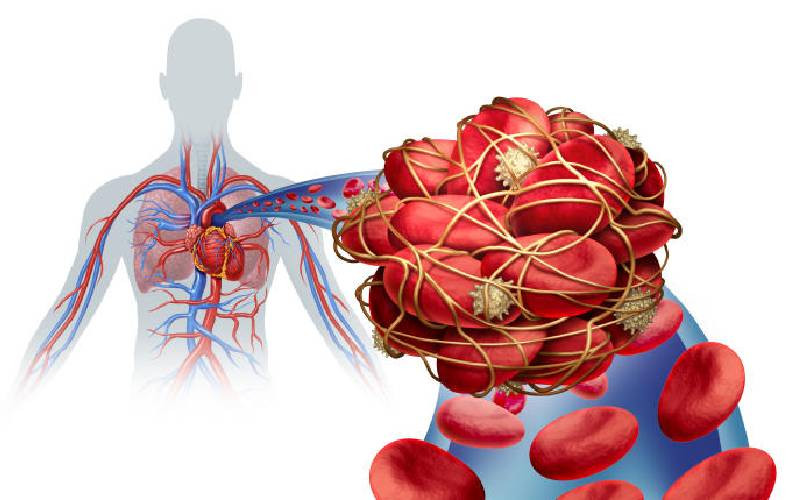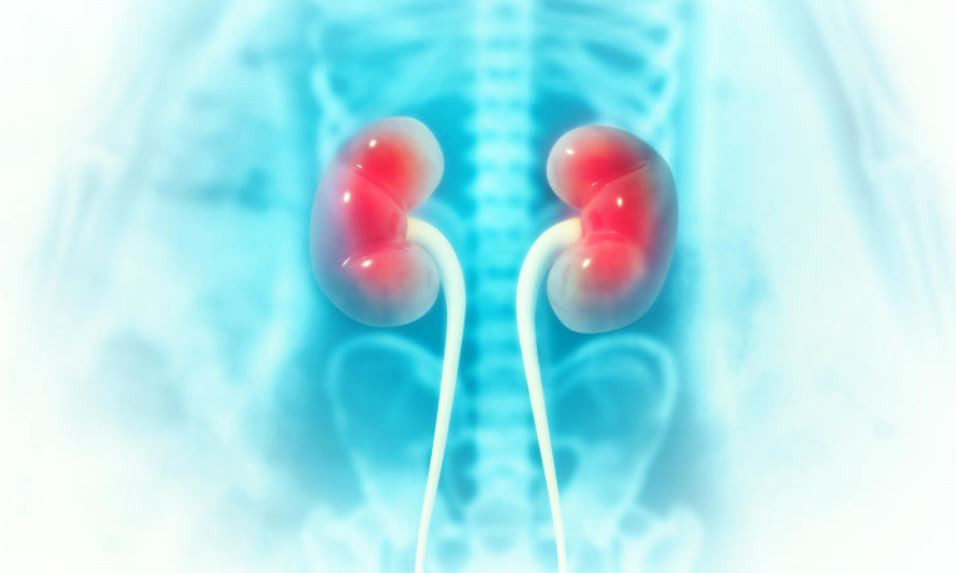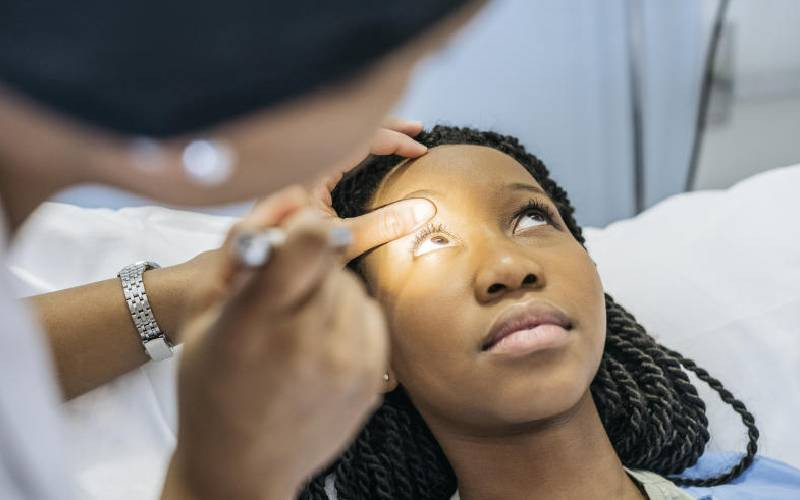
A sedentary lifestyle is predisposing a lot of Kenyans to blood clots in the veins and exposing them to serious yet preventable medical conditions associated with the condition, doctors have warned.
This dangerous lifestyle has included sitting for long hours in the office but has in recent days been made worse by changing routines and ways of life even away from work.
It is particularly worrisome because science has shown that when one sits for a long period of time, one's blood pools.
Blood pooling is a situation where this essential tissue is unable to pump back to the heart and collects in one's legs, ankles or feet, leading to clot formation.
"Venous thrombosis, or simply blood clots in the veins, is mainly caused by immobility, long travels by road or planes," says Dr Hardeep Gill, a vascular surgeon at MP Shah Hospital in Nairobi.
"This also happens in patients who have had major surgeries and are bed-bound, or those who are paralysed and are in the same state. Cancer patients also risk developing blood clots because their blood tends to become thicker," he adds.
Doctors have also noted that an increase in haemoglobin can cause the blood to become sticky and result in a clot. This is because blood flow in the veins is very slow, "so if there are so many red blood cells in the veins and they are moving slowly, they cause a big jam and they end up clotting," says Dr Gill.
- Why some humans grow horns
Keep Reading
Similarly, pregnancy can also predispose one to a blood clot because, when the uterus enlarges it tends to press on the big vein that retains blood from the legs.
Other risk factors include age, genetics, oral contraceptives and irregular beating of the heart.
The danger, however, is not in the clot in itself, but in what could happen should it travel to other parts of the body. Such clots have been found to be fatal when they move to, for instance, the heart or the lungs.
In the brain, cautions Dr Gill, clots result in a stroke. In the limbs, such as the legs, untreated clots could lead to amputation.
Treatment options for someone who presents with a blood clot in the veins entails use of blood thinners to help prevent the clot from becoming longer and breaking and travelling to the lungs or elsewhere, advises Dr Gill. Other advanced techniques are mechanical removal of the clot, technically known as thrombectomy.
To reduce the risk of venous thrombosis, Dr Gill advises that one needs to be active, avoid smoking as it makes platelets and red blood cells to stick together, and if they are travelling on long flights or by road they should at least "keep moving the ankles around and stop frequently to stretch".
 The Standard Group Plc is a multi-media organization with investments in media
platforms spanning newspaper print
operations, television, radio broadcasting, digital and online services. The
Standard Group is recognized as a
leading multi-media house in Kenya with a key influence in matters of national
and international interest.
The Standard Group Plc is a multi-media organization with investments in media
platforms spanning newspaper print
operations, television, radio broadcasting, digital and online services. The
Standard Group is recognized as a
leading multi-media house in Kenya with a key influence in matters of national
and international interest.











